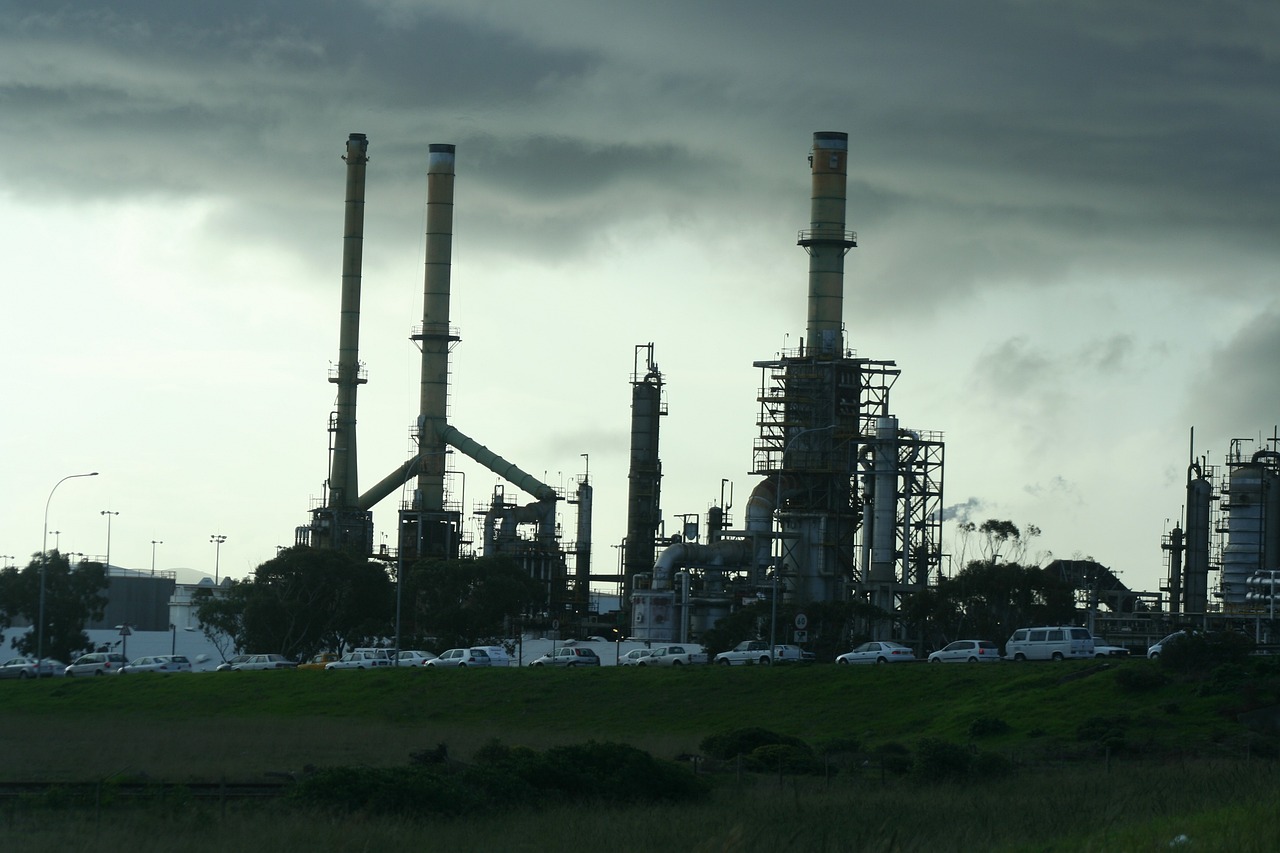News
International Oil Prices Closed up 1.48% to US$75.48/Barrel
Driven by factors such as the rise in the
stock market and an increase in IEA crude oil demand expectations, New York
Mercantile Exchange (NYMEX) crude oil futures rose to a four-week high on the
10th, closing up 1.48%, exceeding US$75 per barrel, to US$75.48 per barrel. The
contract hit its highest settlement price since May 12, with the intraday
trading range being $73.72-76.30. This is also the third consecutive trading
day of higher crude oil futures, the first time since the end of April that
there have been three consecutive days of gains.
ICE July Brent crude oil futures closed up
$1.02, or 1.37%, at $75.29 a barrel, marking the fourth consecutive day of
gains, with an intraday trading range of $73.68-75.88.
Traders said buying interest was fueled by
the euro's strength against the dollar and a slight increase in its 2010 global
oil demand forecast from the International Energy Agency. The settlement price
of crude oil futures failed to break through the high of $75.72 on May 28. If a
breakthrough is achieved, it means that the price will rush to $78.
Tom Bentz, a broker and analyst at BNP
Paribas in New York, said there are risks in staying long at the high end of
the $70-$80 range. He expects the recent fluctuation range of crude oil futures
to be 68-78 US dollars.
In its latest report, the International
Energy Agency slightly raised its forecast for global oil demand in 2010 by
60,000 barrels per day, and expected daily demand to increase by 2% (or 1.7
million barrels) over the previous year. However, crude oil inventories held by
members of the Organization for Economic Co-operation and Development (OECD)
are increasing, the agency said. As of the end of April, OECD inventories could
meet 60.5 days of demand, more than 1 day more than the end of March.
The agency also warned that the slowdown in
the euro zone economy caused by sovereign debt problems may inhibit future
growth in China's crude oil demand driven by exports. China is the world's
second largest crude oil consumer after the United States. It is expected that
40% of the global crude oil demand growth in 2010 will come from China, and in
the International Energy Agency's expectations for demand growth from 2010 to
2015, China's Contribution accounts for 45%.
The latest data from China showed that
crude oil imports in May fell 16% from a record high in April, but were still
up 4.4% from a year earlier.
However, traders said markets were becoming
more focused on broader economic issues. Tim Evans, an analyst at Citi Futures
Perspective in New York, said oil supply and demand fundamentals are taking a
backseat to the dynamics of the stock market as a secondary factor in price. In
the short term, all oil traders need to know whether the S&P 500 is moving
up or down. The index moved higher on the 10th, so the crude oil market also
moved higher.
The July RBOB gasoline futures contract
settled up 3.08 cents, or 1.5%, at $2.0705 per gallon, a one-week high. July
heating oil futures settled up 2.32 cents, or 1.2%, at $2.0328 a gallon (also a
one-week high).

RELATED NEWS
- "BANDON Cup" Quality Victory Channel and Heat Pump Ceremony Successfully Held
- France Plans to Close all Coal Power Plants within Two Years
- Energy Experts Question South America Natural Gas Pipeline Project
- BANDON's New Inverter Product Attracted Much Attention at China Heat Pump Exhibi
- Bolivia’s Energy Nationalization Reform has Made Breakthrough Progress
